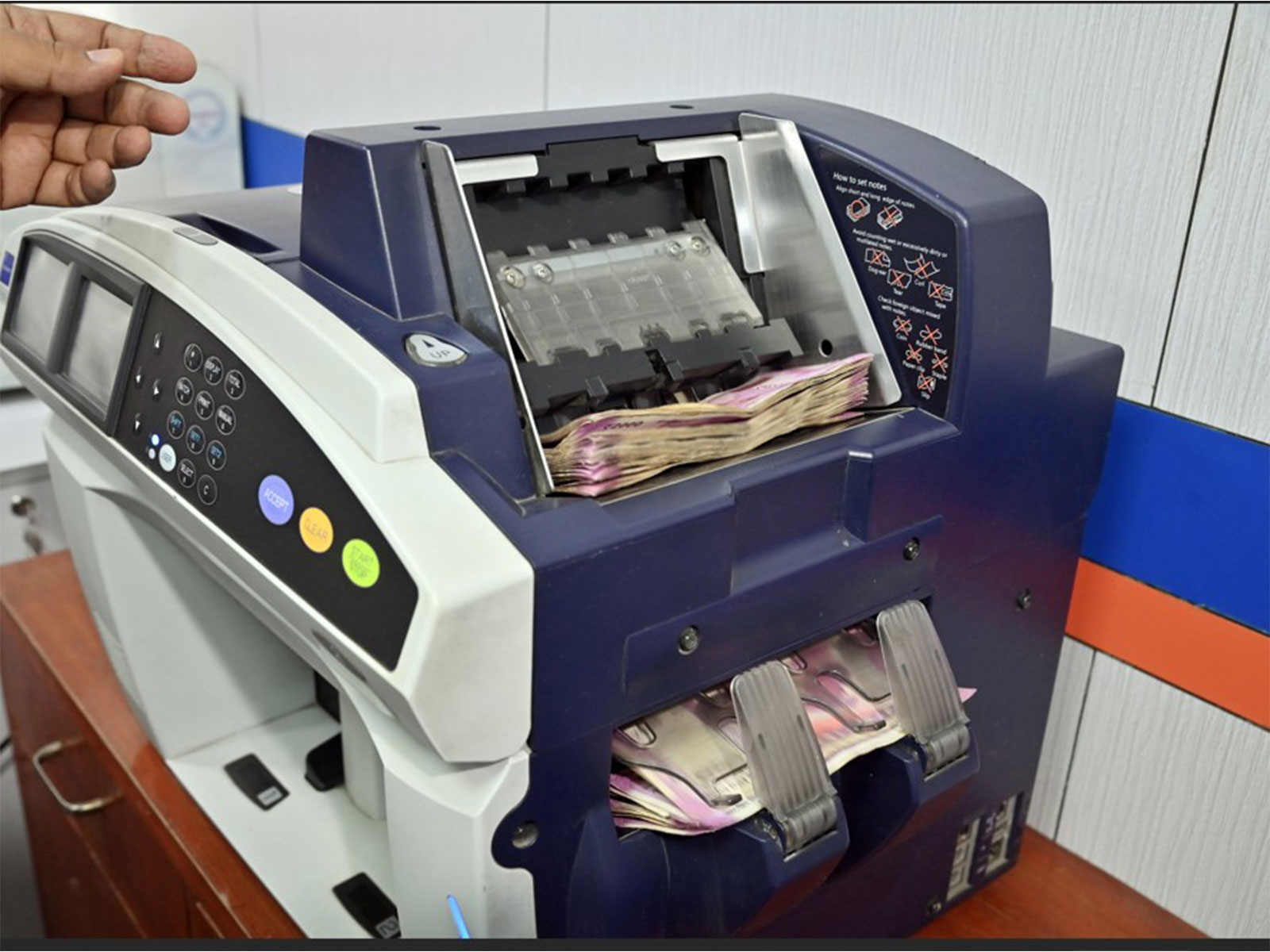Persistent Pressures Weigh on Indian Rupee's Medium-Term Outlook
Union Bank of India's report highlights a downward trend in the Indian rupee's medium-term outlook due to persistent fiscal and current account deficits. Despite temporary boosts, the rupee shows structural depreciation trends due to trade issues, investor outflows, and uncertainties surrounding U.S.-India trade relations and policies.

- Country:
- India
A recent report from Union Bank of India offers a bleak medium-term outlook for the Indian rupee, predicting potential depreciation unless the country's persistent twin deficits, the current account and fiscal deficits, are alleviated. The report notes that any temporary reversal in flows may obscure the rupee's fair value, but the fundamental trend still points to depreciation.
The report projects that over a three-year period, the rupee is likely to undergo an annual average depreciation of approximately 3-4%, aligning with the inflation and interest rate disparity between India and the U.S. This is academically consistent with the Balassa-Samuelson effect, which predicts currency depreciation in countries with higher productivity growth in tradable sectors.
Contributing to the rupee's declining trajectory are several factors: ongoing trade tariff issues without a decisive resolution, significant year-to-date foreign portfolio investor outflows totaling around USD 16.24 billion, and the defensive market sentiment due to trade policy uncertainties. Risks including the timing of a crucial U.S.-India trade agreement, concerns regarding H-1B visa fee hikes, and the imposition of steep tariffs on pharmaceutical exports exacerbate investor inclinations to buy USD during currency dips.
(With inputs from agencies.)










